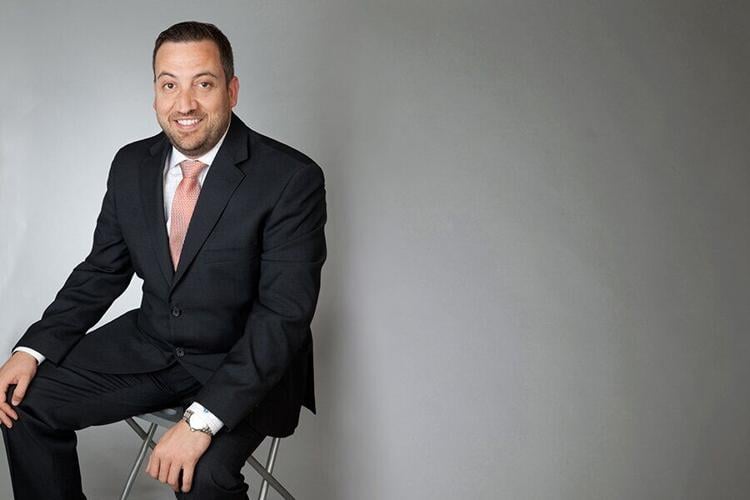With dust settled from a federal election hijacked by Trump’s tariffs, experts say it’s time Canadians turn their attention back to an issue that cuts across the country’s economy, education, health care and future growth.
While immigration policies barely registered in the public imagination on the campaign trail, the challenges faced by what some call a broken system are not going away for Prime Minister Mark Carney’s newly elected government, and the growing discord remains over immigration’s benefits to Canada.
“My hope with this government is that it takes a step back, not be tied to any number or percentage that they may have campaigned on, but rather look and say, ‘What’s in the best interest of Canada?’” said Rick Lamanna, a board member at the Canadian Immigration Lawyers Association.
And that’s going to take a complicated and nuanced national conversation to accomplish, amid competing interests and priorities, said Kyle Hyndman, a past president of the Canadian Bar Association’s immigration law division.
”Immigrants have been unfairly pegged as the primary source of the problem in housing, health care and employment,” he said. “It’s easy to fall back on slogans. It’s easy to fall back on simplistic explanations and simplistic solutions, but we have to expect more of our immigration minister.”
Public support for immigration has cracked as Canadians struggle with affordable housing and rising cost of living, blaming the Liberal government under prime minister Justin Trudeau for bringing in too many immigrants, international students and foreign workers.
Newcomers have been equally unhappy as they deal with the same struggles and live in limbo, blaming Ottawa for abrupt policy changes and for failing to deliver the “promised” better life.
Last year, the Trudeau government slashed its 2025 target for permanent residents and intakes of international students and foreign workers. Yet, some two million immigration applications — 884,600 for temporary residence, 852,700 for permanent residence and 195,800 for citizenship — remain in the queue. Reduced targets lead to longer processing times and further backlogs.
Meanwhile, the country reported a record high 171,850 new asylum claims last year. As of March, the refugee board had 281,333 pending claims in the system.
Experts said these are only symptoms of a slew of deeper problems within the immigration system.
“One of the critical challenges (for the system) is a loss of accountability and maybe even a loss of competence in the decision-making processes,” Hyndman said.
The Immigration Department has ramped up its efforts since the pandemic to digitize and modernize the system by adopting new technologies and advanced analytics in processing applications and decisions, but users complain the application portals crash often and are rife with glitches, leading to missing documents.
“There’s nothing you can do about it,” Hyndman said. “There’s no mechanism to fix that. There’s no human you can call. There’s just nothing you could do.
“This has pretty life-changing impacts on people. We are all for digitization and modernization, but there has to be a human safety valve built in.”
These problems result in immigration applicants filing access-to-information requests for information and jamming the Federal Court with appeals.
The previous Liberal government was also prone to what immigration lawyer Chantal Desloges calls “political expediency” in making policies, rushing in with “Band-Aid solutions” and “messing up” the rollout of program after program. As a result, the department lost focus.
In slashing immigration levels across the board, she said officials appeared to be beholden to numbers and percentages, with little thought put into planning and priorities, missing the bigger picture and overlooking the ripple effects these changes may have.
While admitting fewer new international students and foreign workers may help Canada buy time to build infrastructure and catch up on population growth, a lower permanent resident target is pushing those with expiring status in Canada to seek asylum as the only option to remain.
Amid all immigration program reduction, she also questioned the push to raise the French-speaking permanent resident targets outside Quebec to 8.5 per cent in 2025, 9.5 per cent in 2026, and 10 per cent in 2027 of all admissions.
“It’s basically choking everything else out,” said Desloges. “You have this ironic situation where somebody who is very highly qualified but does not speak French loses out to somebody whose only skill really is they speak French.”
In the last couple of years, Ottawa has restricted access to asylum by irregular migrants via the U.S. land border and imposed visas on Mexicans to lower refugee numbers. But experts say the solution is really to speed up processing because “fast claims reduce bogus claims.”
Lamanna said Carney’s government needs to work closely with provinces and municipalities in planning immigration and understanding labour and economic needs are, as well as putting in a strong compliance and audit system to restore public confidence in the system.
Having a revolving door of immigration ministers won’t help.
“We’ve now had six different immigration ministers in 10 years,” said Lamanna. “If I could ask anything of the incoming government, it would be to choose someone who you plan on keeping there for the next five years. How can you plan when you’re changing your minister every 18 months? Immigration is too important for Canada.”







































To join the conversation set a first and last name in your user profile.
Sign in or register for free to join the Conversation